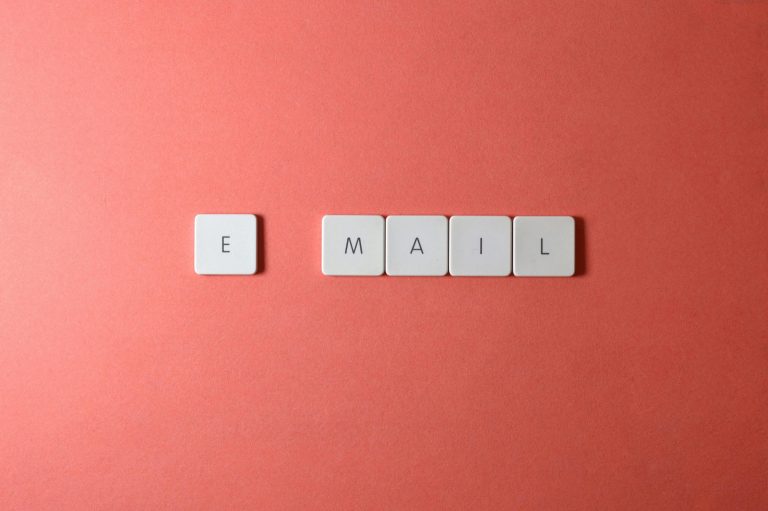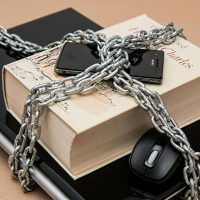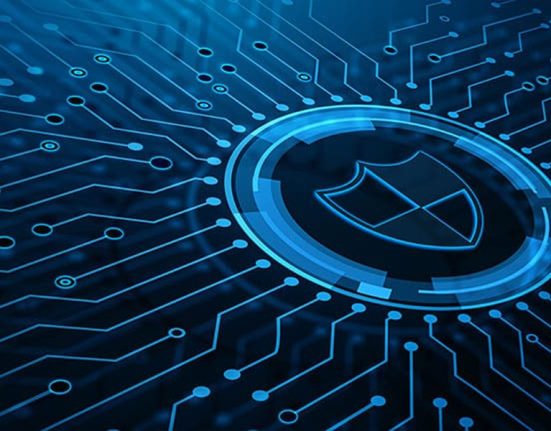Tips for Writing Secure Emails: Protect Your Communication
In today’s digital world, email is still one of the most widely used forms of communication—both personally and professionally. Unfortunately, it’s also a major target for cyberattacks, phishing scams, and data breaches. Whether you’re a business owner, IT admin, or just someone who values privacy, knowing how to write secure emails is a must.
Here are some practical tips to help you safeguard your messages and sensitive information.

1. Avoid Sharing Sensitive Information via Email
Emails aren’t always the safest channel for sharing critical data like passwords, credit card details, or personal identifiers. If it’s absolutely necessary, consider using encrypted attachments or secure file-sharing services.
Pro tip: Never include full credit card numbers, Social Security numbers, or login credentials in plain text.
2. Use Strong, Unique Passwords for Your Email Account
Even the most secure email content is useless if your account is compromised. Ensure your email account is protected by:
- A strong, unique password
- Two-factor authentication (2FA)
- Regular password updates
3. Double-Check Email Addresses Before Sending
Typos happen—but sending sensitive data to the wrong recipient could be disastrous. Always double-check:
- The To, Cc, and Bcc fields
- Autofill suggestions (especially when emailing confidential or sensitive info)
4. Watch for Phishing Signs
Be cautious of emails that:
- Create urgency or fear
- Ask for personal or financial information
- Contain unexpected links or attachments
If something feels off, verify with the sender through another communication channel before engaging.
5. Use Email Encryption
Encryption helps protect your message from being read by anyone other than the intended recipient. Depending on your email provider, you can use:
- End-to-end encryption (like Acronis, Barracuda, or Security Gateway for email Servers)
- S/MIME or PGP certificates for professional communication
6. Keep Your Devices and Software Updated
A compromised device is just as risky as a compromised email account. Make sure:
- Your operating system, browser, and email app are up-to-date
- You have antivirus and firewall software running
- You avoid public Wi-Fi for sensitive communication unless you’re using a VPN
7. Limit Use of “Reply All” and “CC”
Sharing sensitive details with multiple recipients increases the risk of leaks. Always consider whether everyone on the thread really needs to see the message.
8. Be Cautious with Attachments
Malicious attachments are a common threat vector. Before opening or sending:
- Scan attachments for viruses or malware
- Avoid sending executable files (.exe, .bat)
- Use PDF or password-protected ZIP files when necessary
9. Use a Professional Email Signature
Your email signature isn’t just for branding—it also helps recipients verify you as the legitimate sender. Include:
- Your full name
- Company name
- Contact information
- Optional: a digital signature or disclaimer about confidentiality
10. Educate Your Team
Security is a shared responsibility. If you’re in an organization:
- Offer regular training on secure email practices
- Set policies for handling sensitive data
- Encourage the use of secure tools and protocols
Final Thoughts
Email security isn’t just about using fancy tools—it’s about practicing good habits. Being thoughtful, cautious, and proactive can go a long way in protecting both your personal and professional communications.
Start with these tips today, and encourage your contacts to do the same. After all, email security is only as strong as its weakest link.








